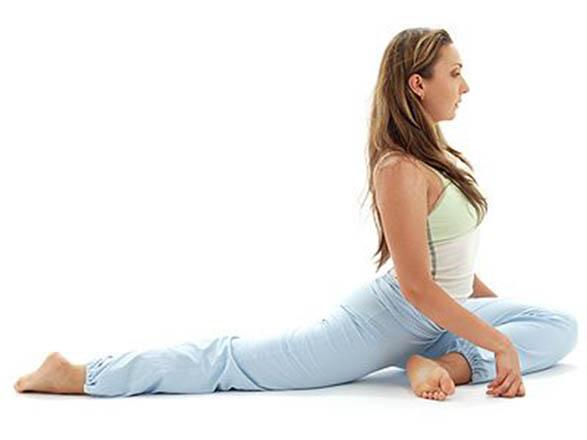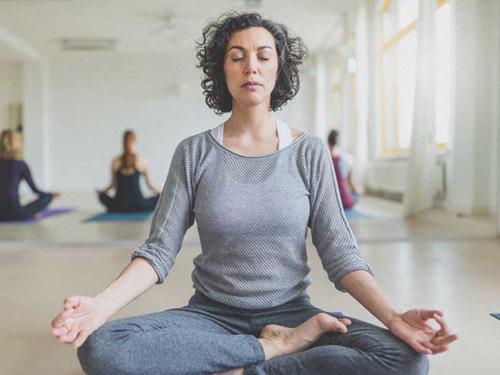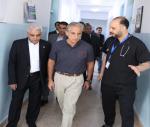You are here
Yoga as good for low back pain as physical therapy
By Reuters - Jun 21,2017 - Last updated at Jun 21,2017

Photo courtesy of everydayhealth.com
Chronic lower back pain is equally likely to improve with yoga classes as with physical therapy, according to a new study.
Twelve weeks of yoga lessened pain and improved function in people with low back pain as much as physical therapy sessions over the same period.
“Both yoga and physical therapy are excellent non-drug approaches for low back pain,” said lead author Dr Robert Saper, of Boston Medical Centre.
About 10 per cent of US adults experience low back pain, but not many are happy with the available treatments, Saper and colleagues write in the Annals of Internal Medicine.
The American College of Physicians advised in February that most people with low back pain should try non-drug treatments like superficial heat or massage before reaching for medications.
Physical therapy is the most common non-drug treatment for low back pain prescribed by doctors, according to Saper and colleagues. Yoga is also backed by some guidelines and studies as a treatment option, but until now no research has compared the two.
For the new study, the researchers recruited 320 adults with chronic low back pain. The participants were racially diverse and tended to have low incomes.
The participants were randomly assigned to one of three groups. One group took part in a 12-week yoga programme designed for people with low back pain. Another took part in a physical therapy program over the same amount of time. People in the third group received a book with comprehensive information about low back pain and follow-up information every few weeks.
At the start of the study, participants reported — on average — moderate to severe functional impairment and pain. More than two-thirds were using pain medications.
To track participants function and pain during the study, the researchers surveyed them at six, 12, 26, 40 and 52 weeks using the Roland Morris Disability Questionnaire (RMDQ).
Scores on the RMDQ measure for function declined — meaning function was improving — by 3.8 points over the 12 weeks in the yoga group, compared to 3.5 points in the physical therapy group. Participants who received education had an average RMDQ score decline of 2.5.
Statistically, participants ended up with similar functional improvements whether they underwent yoga, physical therapy or education.
More people in the yoga and physical therapy groups ended up with noticeable improvements in function, however.
People would feel a noticeable improvement with a four to five point drop on the RMDQ, write Dr Douglas Chang, of the University of California, San Diego and Dr Stefan Kertesz of the University of Alabama at Birmingham, in an accompanying editorial.
They write that 48 per cent of yoga participants and 37 per cent of physical therapy participants reached that goal, compared to 23 per cent of people who were in the education group.
For achieving noticeable differences in pain, physical therapy was again no better or worse than yoga. After 12 weeks, people in the yoga group were 21 percentage points less likely to used pain medications than those in the education group. That difference was 22 percentage points for physical therapy versus education.
The improvements among the people in yoga and physical therapy groups lasted throughout the year, the researchers found.
“If they remain the same after one year, it’s a good bet that their improvement will continue on,” Saper told Reuters Health.
One treatment method won’t help all or even most patients, wrote Chang and Kertesz in their editorial.
“Nevertheless, as Saper and colleagues have shown, yoga offers some persons tangible benefit without much risk,” they write. “In the end, however, it represents one tool among many.”
Related Articles
Mindfulness-based stress reduction programmes (MSBR) appear to improve low back pain only slightly, and only temporarily, a review of previo
Acupuncture and yoga could offer relief from the hot flashes of menopause, a new analysis suggests. During hot flashes, women suddenly
AMMAN — Physical therapy can have a long-term, positive effect on health and better the quality of life in old age, according to experts.Phy


















